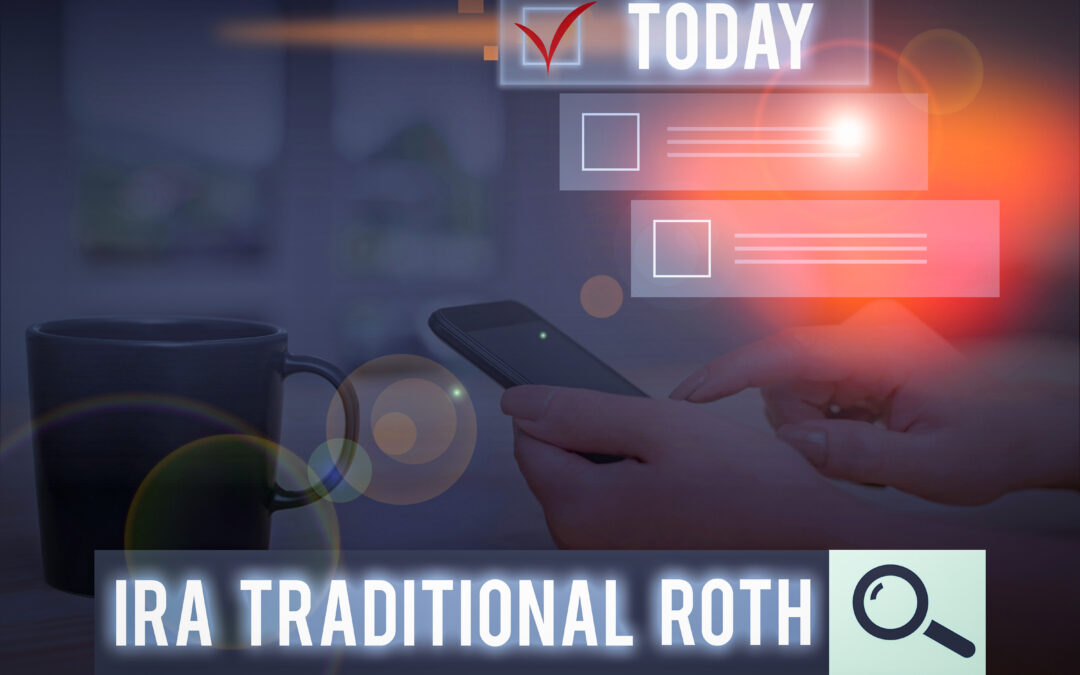I had a good talk with my friend James this week.
James is retiring and plans to start taking Social Security next year. He has about two years’ worth of living expenses sitting in cash, and the bulk of his savings are in a large individual retirement account (IRA).
Like everyone else, James hates paying taxes and doesn’t like the idea of having to take required minimum distributions (RMDs) in a few years. So, he’s thinking about converting the entire account to a Roth IRA, which would mean no more RMDs.
“What do you think, Charles?” he asked me. “Is that a smart move, or am I screwing myself over?”
The truth is, it could be a really smart move … or it could really screw him over. The devil is in the details.
What Is a Roth IRA Conversion?
Let’s start with the basics. The IRS allows you to convert a traditional IRA into a Roth IRA. It’s a simple process, and any broker can do it, generally with a one-page form.
Traditional IRAs give you a tax break in the year you make a contribution by lowering your income subject to tax. But Uncle Sam eventually gets his money. You’re required to start taking regular distributions from your IRA once you turn 70 ½, and the money you take out is taxed as ordinary income.
When you contribute to a Roth IRA, you get no tax break when you contribute. But … you pay no taxes on your investment gains, and any distributions you take in retirement are tax-free.
And — this is important if you’re like my friend James — you’re not required to take distributions.
Why Convert to a Roth IRA?
That’s why Roth IRAs are an attractive planning vehicle.
If you have a portion of your savings you intend never to spend and leave to your heirs, it makes all the sense in the world to put it in a Roth IRA. The assets can grow, tax-free, until your death.
Your heirs will have to start taking distributions upon receiving the account and will generally not have to pay taxes on them, assuming the account had been open for at least five years prior to the original account owner’s death. (This is the 5-Year Rule, and is something you should consider.)
So, if your goal is to leave your kids or grandkids a tax-free inheritance, a Roth conversion is the way to do it.
Why NOT Do a Roth Conversion?
The biggest drawback in taking a Roth conversion is that you end up with a nasty tax bill in the year you do it.
Remember: You took tax breaks when you funded the original traditional IRA.
You’re effectively giving back every dollar you previously took as a deduction — plus the taxes on the earnings that have accumulated.
You don’t have to do it all at once, of course. You could peel away and convert a little each year to keep your tax bill manageable. But there is no escaping the fact that any dollar you convert is a dollar now subject to tax.
There’s no escaping the taxman.
Takeaway
This is my rule of thumb: If you plan on taking distributions in retirement to meet your living expenses, do not do a Roth conversion.
It makes no sense to pay the taxes upfront if you’re planning to take the money out for distributions. In that case, just keep the money in a traditional IRA, and pay the taxes at the time you take the money out. Why pay the taxes early if you don’t have to?
But if you have no plans to take distributions because you have other money you intend to live on, then, by all means, do the Roth conversion. Get the taxes out of the way now.
I personally try to split the difference, keeping half my retirement cash in Roth accounts and the other half in traditional IRA or 401(k) accounts.
If you’re unsure of what your situation might look like in retirement, something like that might make sense for you too.
Money & Markets contributor Charles Sizemore specializes in income and retirement topics. Charles is a regular on The Bull & The Bear podcast. He is also a frequent guest on CNBC, Bloomberg and Fox Business.
Follow Charles on Twitter @CharlesSizemore.





